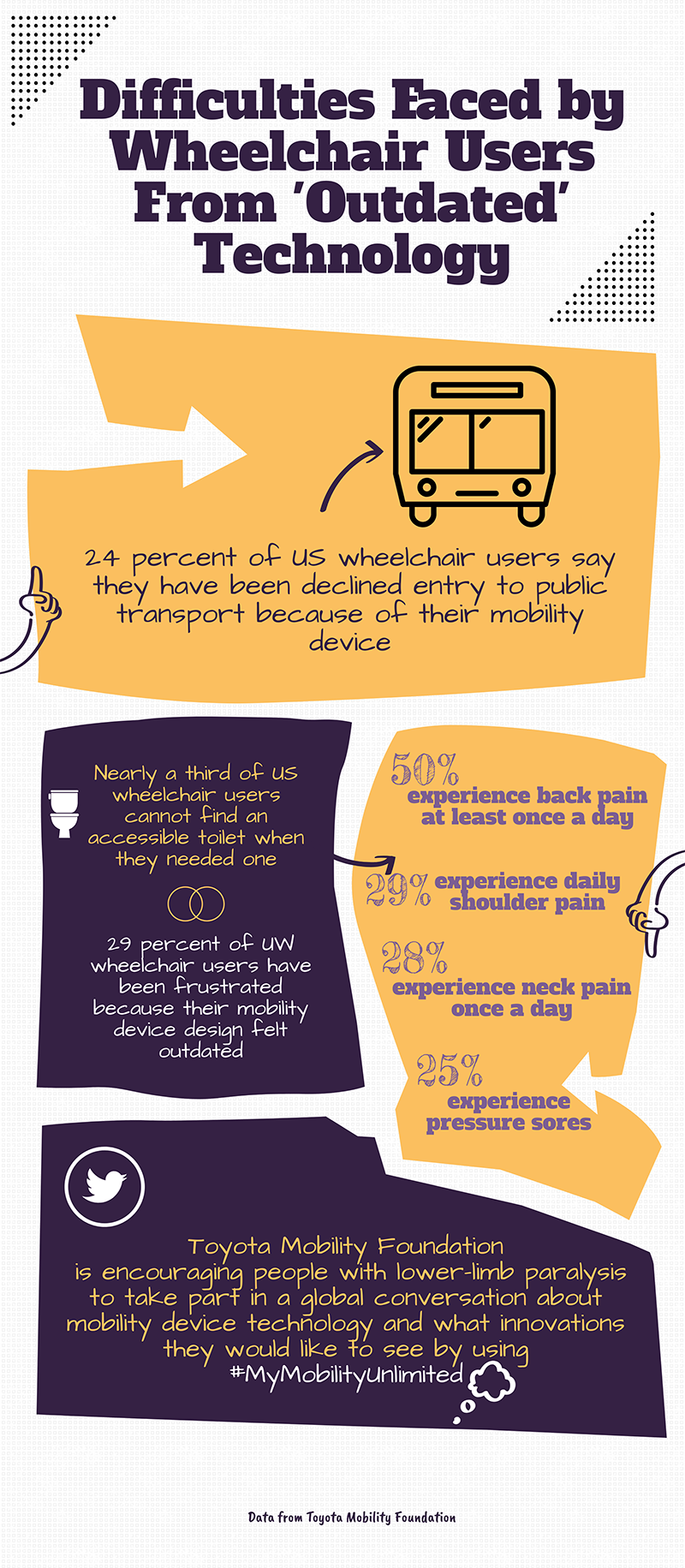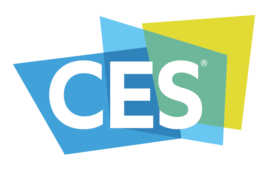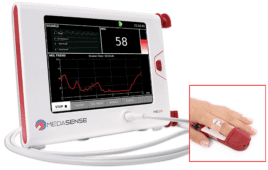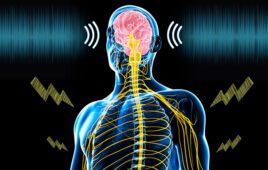An international study done by the Toyota Mobility Foundation found out that nine out of ten wheelchair users in the US believe they experience pain from their mobility device.
The Toyota Mobility Foundation set off to work and collaborated with Nesta’s Challenge Prize Centre, who commissioned research in order to understand what wheelchair users go through on a day-to-day basis.
The study revealed many results that indicate the need for innovation in developing technologies that assist people with limited mobility.

Infographic about the research conducted by Toyota Mobility Foundation on wheelchair users by ComRes
This data explored specific types of improvements that will be most useful to wheelchair users for future innovating device technologies.
The top five suggestions according to the study were:
- Move around faster (40%)
- Feel more relaxed & comfortable with a device that feels more natural and like an extension of themselves (40%)
- Perform regular day-to-day tasks more easily (38%)
- Feel more confident and able to socialize with friends (37%)
- Feel a sense of spontaneity, freedom and independence (31%)
Now, the Toyota Mobility Foundation is seeking teams from around the world to create innovative, game-changing technology to help mobility, comfort and independence of people with paralysis.
“While the focus of this Challenge is lower-limb paralysis, we absolutely do expect that the technology developed as a result will be transferable and have the potential to improve the lives of a much wider group of people,” said Charlotte Macken of Nesta’s Challenge Prize Centre. “This Challenge is about achieving impact, and for that reason, we needed to narrow the focus. However we recognize that people have a wide range of mobility needs and hope to be able to help them too.”
They hope researchers’ innovations bring new technology designs to the forefront of wheelchairs. Future solutions for wheelchairs could include exoskeletons, artificial intelligence, machine learning or cloud computing batteries, but the choices are infinite. Entries for the challenge end on August 15, 2018, and the winners will be unveiled in the year 2020 in Tokyo.
The challenge focuses on a user-centered approach where designers can receive core insight on what wheelchair users truly want in a mobility device. By using the hashtag #MyMobilityUnlimited, entrants will have a better understanding of the issues they need to address in their mobility device designs.
“It’s surprising that with all of the technology we have today, we still have people in constant pain as a result of their mobility devices, said Julie Ann Burandt, Global Strategy and Communications Manager. “The comments we are receiving through social media show the kinds of developments that people want to see and we hope the Challenge will result in genuinely life-changing technologies.”




